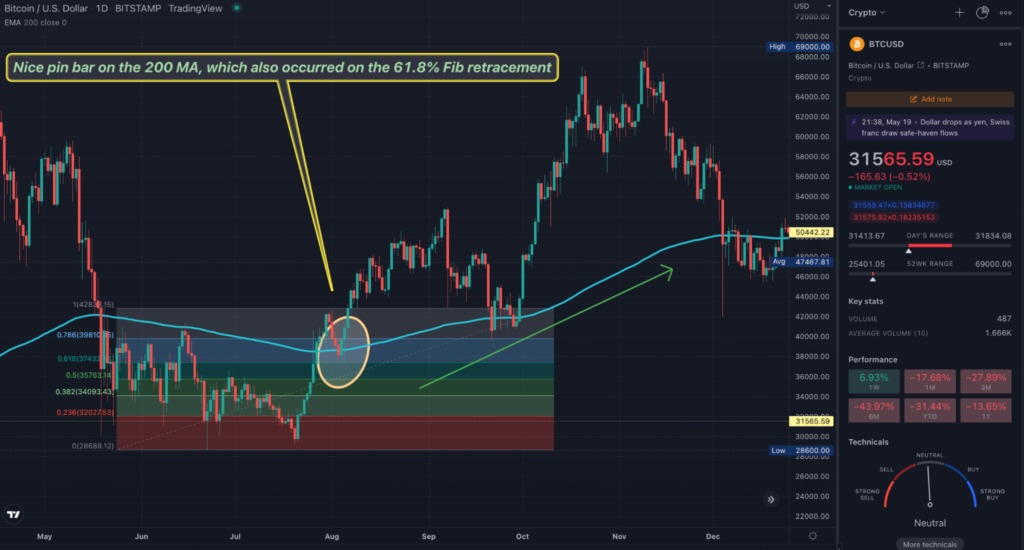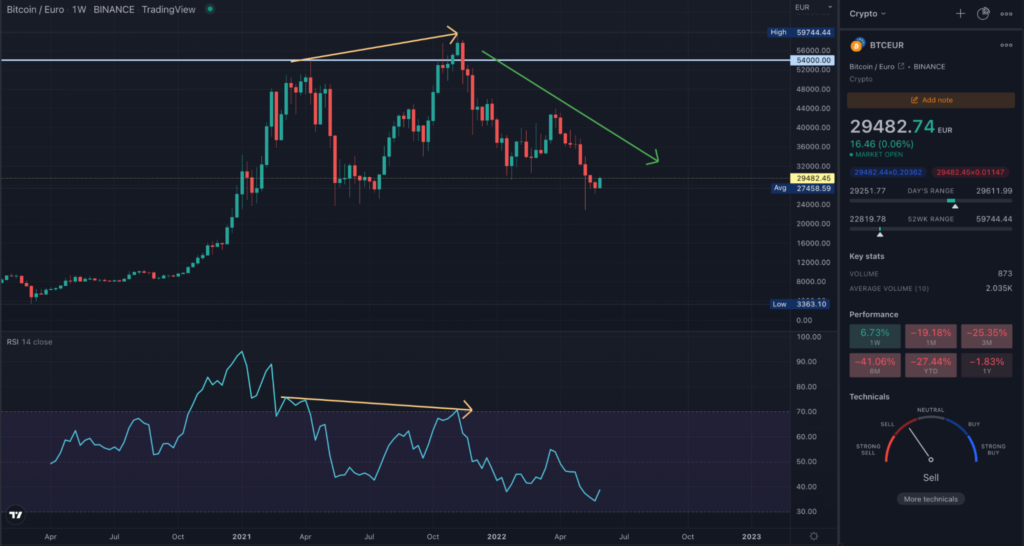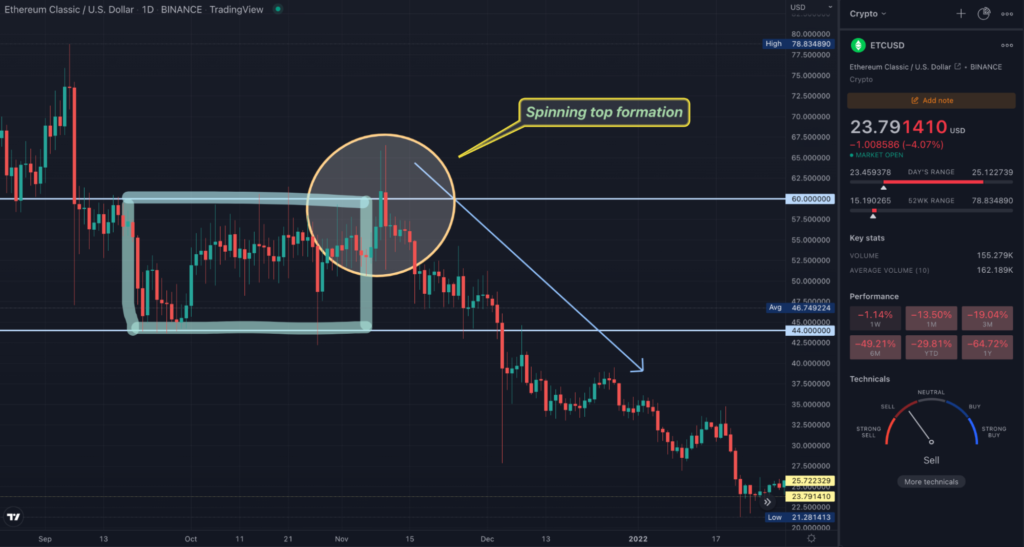Scalping and day trading is quite attractive for the uninformed trader. Yet, you’ll have to be at your charts throughout with either approach, looking for opportunities constantly.
This can create a lot of stress, not to mention the ‘noise’ coming from the lower time frames. Moreover, scalpers and day traders pay the most trading fees due to their high execution frequency.
Well, is there a way to still gain profits in the crypto markets without being repeatedly glued to chart screens? This is where position trading comes in, a long-term approach akin to Warren Buffett-esque buy-and-hold investing.
However, don’t be fooled; this methodology is not for everyone. Regardless, this article will explore popular strategies in position trading.
What is position trading?
The objective of position trading is to hold your trades for several months or even years by exploiting multi-month or multi-year trends. As a position trader, short-term fluctuations are immaterial once you believe that a crypto market will eventually move a substantial distance in one direction.
Most importantly, if the price travels far, your risk to reward becomes higher with far less time commitment than ‘ducking’ in and out of the markets. One defining characteristic of position trading is the observation of higher time frames, namely the daily, weekly, and monthly charts.
Although these provide you with an edge-defining bird’s eye view, position traders execute very few orders in a year (usually not more than ten). These individuals can rely solely on technical analysis. However, you shouldn’t ignore long-term fundamentals, which can become more significant over time.
Popular crypto position trading strategies
Despite countless existing strategies, most will fall into three categories: trend, reversal, and range trading.
Trend trading strategies
After identifying a trend, you’d look for a pullback to an area of value, most commonly with a 100 or 200-day Moving Average (MA). Moreover, with this strategy, you may also look for price action patterns like a pin bar or any candle formation where the wick is longer with a small body.
The Bitcoin daily chart below is an example of this strategy. After the market rallied, the price retraced towards the 200-day MA and presented a bullish pin bar.

The 61.8% Fib retracement further confirmed a potential resumption of the uptrend as rallies typically correct themselves around this point.
Reversal trading strategies
The best way to trade a reversal as a position trader is using the weekly (or sometimes monthly) chart by combining support and resistance and a momentum indicator like the RSI (Relative Strength Index).
You can use the latter tool to spot scenarios where the RSI has not peaked beyond the 30 (oversold) or 70 (overbought) levels. Alternatively, another trick is using divergences where you observe a mismatch between the highs/lows of the indicator with those made by the actual price.
The chart below shows that the price had moved away from the €54 000 zone for several months.

When the market eventually returned to this point, the RSI showed a divergence, causing a substantial reversal to the downside.
Range trading strategies
With these strategies, you may look towards less popular altcoins (those below the top 20) that are more volatile and tend to operate in range-bound conditions.
Here, after identifying the range using simple support and resistance, you’d look for price action patterns like pin bars, hammers, spinning tops, and shooting stars at either zone. The example below shows a classic ‘failed breakout’ in a range on the daily chart of ETC (Ethereum Classic).
The price was bouncing between the $44 and $60 areas for several months. When the market reached the resistance level, it presented a spinning top, resulting in the reversal.

Alternatively, you could attempt to trade a breakout by looking for a solid close above the resistance (or below the support), high momentum, etc.
Combining fundamentals with technical analysis
Because position trading is about aiming for ‘big moves,’ studying the fundamentals of a project becomes essential. Some position traders may rely on less or even completely ignore technical analysis if they strongly believe a cryptocurrency will generally be more valuable in the long run.
This could happen for a newly-launched coin with a niche use case, an understandable whitepaper, a highly skilled team, or any other appealing factors to its target market. Therefore, you could buy and hold the coin based on these elements with little regard for ‘technicals.’
The geopolitical climate is also impactful in cryptocurrencies. Generally, when the markets are crashing, it’s usually because investors globally may be losing faith in this asset. Therefore, if you have this knowledge or align with such sentiments, you can short the markets in combination with some technical analysis.
Ultimately, certain geopolitical conditions, along with specific projects (the whitepaper, competitors, developers, etc.), financial (tokenomics, market cap, liquidity, etc.), and on-chain (transaction count, changes to a blockchain, active addresses, and so on) metrics, can be highly influential.
We can even regard positive or negative news in the media as part of fundamental analysis.
Curtain thoughts: pros and cons of crypto position trading
If you believe in adopting a ‘Zen master’ approach to the crypto markets, position trading may be for you. Despite the immense benefits, this way of speculating is not for the faint-hearted. In closing, let’s briefly look at the main pros and cons.
Pros
- Lower time commitment and stress: You can become a position trader while having a full-time job and business. Furthermore, there is less emotional stress since you are less exposed to the markets and short-term fluctuations are largely irrelevant.
- Larger risk to reward: This is one of the main attractions. The longer you hold your positions, the greater the potential profits.
- Lower trading fees: You pay very little in commissions or spreads as your execution frequency is significantly reduced.
Cons
- Requires massive patience and experience: The number of setups with position trading is even less than swing trading. Consequently, position trading is usually done by more experienced analysts.
- Larger trading capital: To make position trading worthwhile, you generally need a bigger account because the number of profiting opportunities is less.
- Chances for significant negative swaps: If you plan on holding your trades for several months or longer, you are likely to pay negative rollover or interest, which can quickly add up to a noticeable amount over time.







